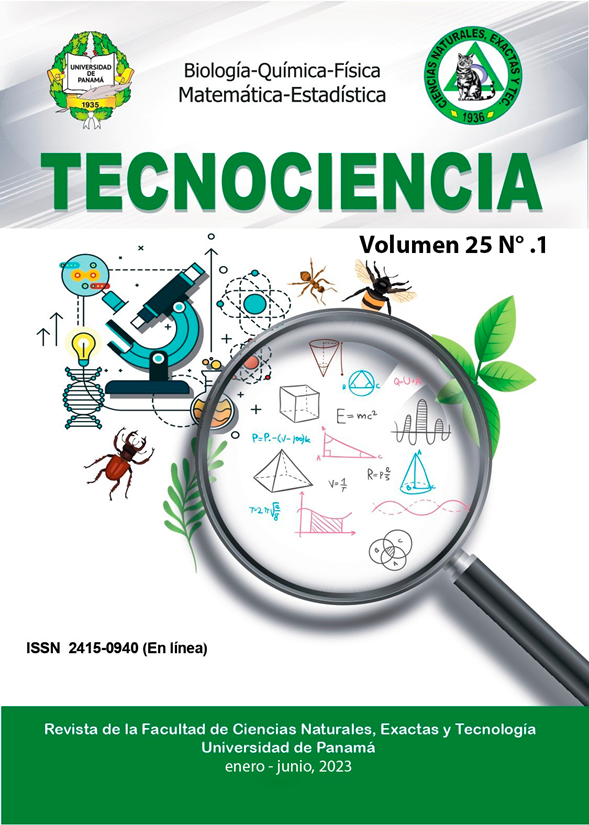


Esta obra está bajo una licencia internacional Creative Commons Atribución-NoComercial-CompartirIgual 4.0.
El comportamiento y hábitos de los insectos es ampliamente afectado por sus interacciones con parasitoides y sus depredadores. Se estima que gran parte de todas las especies interactúan en alguna parte de su ciclo de vida con complejas dinámicas planta/insecto/parasitoide. Los grupos parasitoides tratados en este artículo son las moscas tachinidas y las avispas braconidas. Las avispas parasitoides del género Cotesia son buenos modelos para el estudio de los parasitoides. Las moscas tachinidas representan aproximadamente el 20% de todas las especies de parasitoides. Se reporta para Panamá el multiparasitismo sobre una larva de Hypercompe muzina (Lepidoptera, Erebidae) por Cotesia congregata y moscas parasitoides de la Familia Tachinidae, esta interacción fue observada en bosques de Villas de Arraijan, Juan Demóstenes Arosemena, Arraijan, Prov. Panamá Oeste y en vegetación del campus central de la Universidad de Panamá. Se reportan once (11) especies vegetales como plantas hospederas de las larvas de H. muzina. Se aporta información biológica y ecológica de los parasitoides y su hospedero para Panamá y la región.